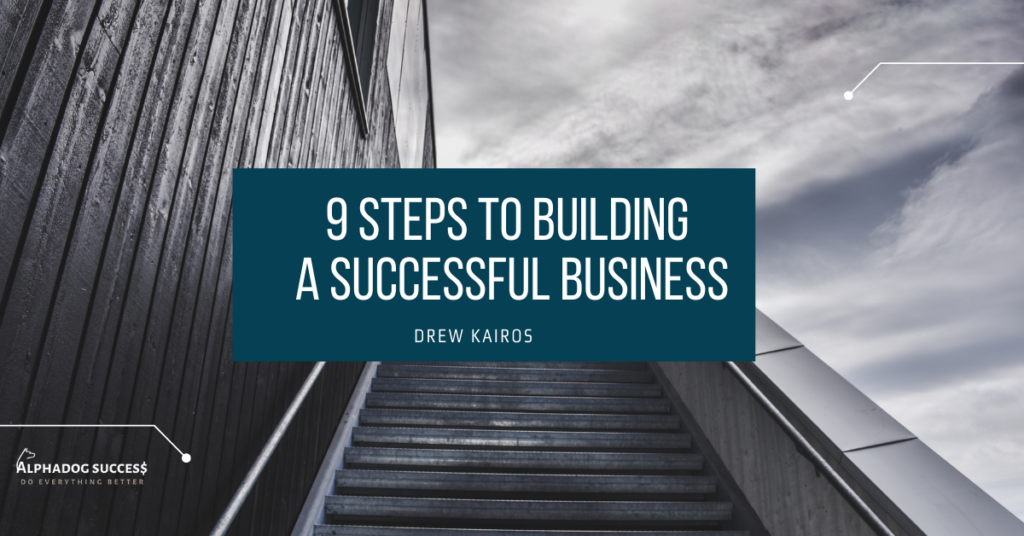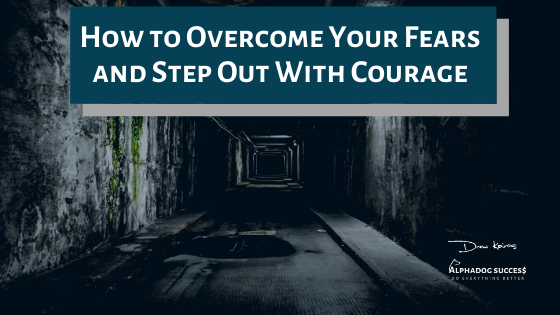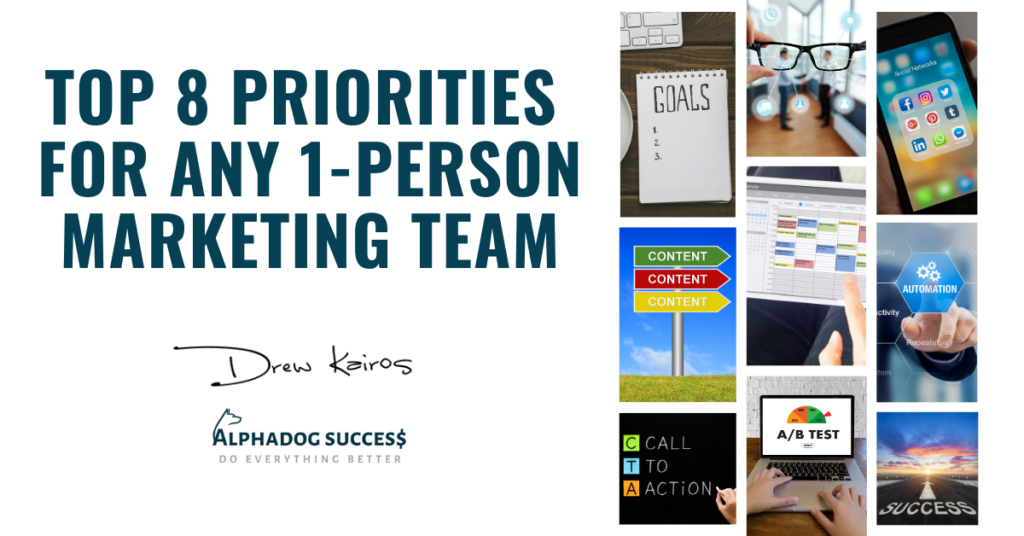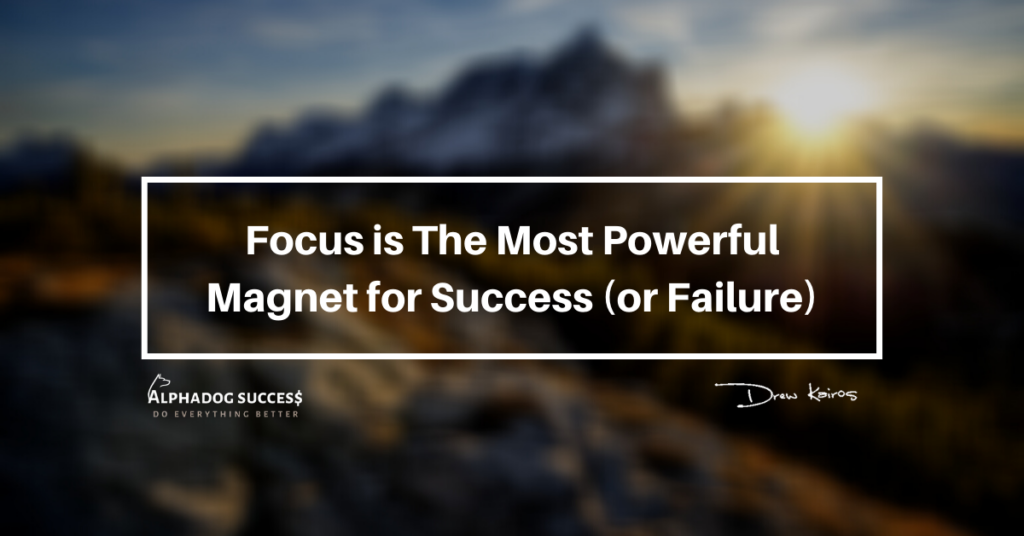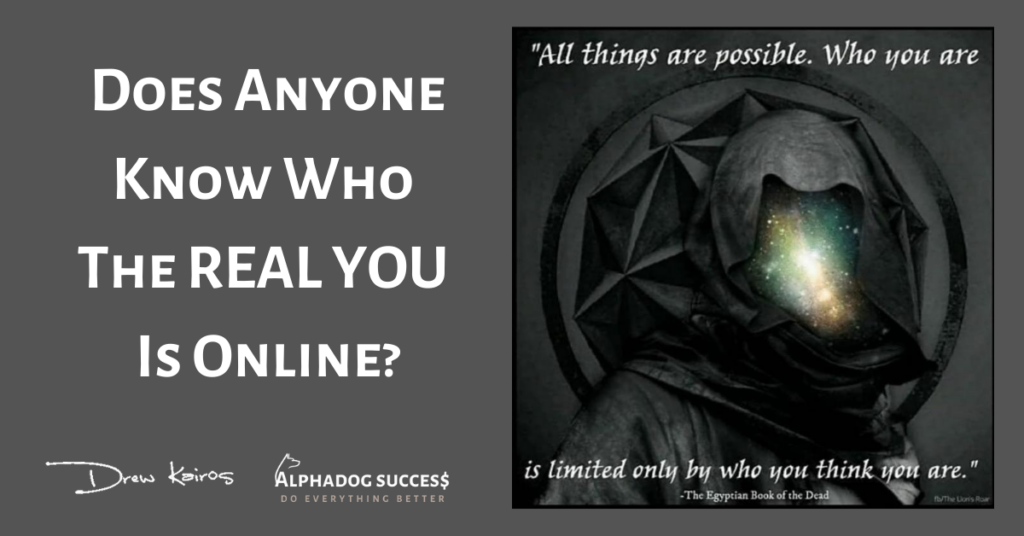Unlock Your Personal Power by Doing More Inner Work
Understanding What Personal Power Is Before we get into techniques for developing your personal power, it’s important to understand what exactly it is. Many people associate personal power with force, but it’s actually the ability to take action and make things happen without forcing them. When you have personal power, you’re able to accomplish what you set out to do, whether that means achieving your goals or making decisions about how you want to live your life. Personal power comes from within you. It’s a part of who you are and how you approach the world. Learning how to tune into yours can help foster greater strength and well-being in every aspect of your life. Now that we know a little more about what personal power is, let’s look at some simple ways to start developing yours today! How to Gain Self-Confidence – Personal power doesn’t exist without self-confidence. Being able to access your inner power can be a difficult task, but it is one that is worth the effort. When you tap into your inner strength, you will feel more confident and capable than ever before. To gain self confidence, you must first have a strong sense of self-esteem. Like a seedling nourished with the right nutrients and sunshine, your self-esteem will grow with the proper care and feeding. Self confidence comes from within, and increases/decreases based on our thoughts and self talk. When you look in the mirror, tell yourself how great you look today! On your commute to work, feel good about all the things you’ll achieve! At the end of your work day, reflect on how much closer to your goals you are. Develop a healthy lifestyle so that your body feels and operates at its best. Eat nutritious foods and get all your vitamins. Sleep at least eight hours every night so that your mind is sharp during the day and can feel good about accomplishing goals! You must feel rested and recharged to operate in peak performance. Developing Personal Power By Improving Self-Image and Self-Esteem Your self-esteem depends on your vision of who you are. It comes from a combination of things like your parents’ views, your own experiences, and how you interpret the world around you. If your parents always told you that you were great, and if people always treated you with kindness and respect, then it’s likely that your self-image will be positive. But like anything else in life, developing a strong self-image is not only about what happened to us in the past. It’s also about what we do now. Self-image is not just how we see ourselves; it’s also how we present ourselves to others. You can take control of both aspects by focusing on enhancing the good feelings and thoughts you have about yourself while diminishing the bad ones. To tap into your personal power, there are four steps that you will need to take. The first step is to identify what makes you feel strong and powerful. This may be something that reminds you of your favorite childhood memories or something as simple as a song that always makes you happy. The second step is to find an activity or food that helps increase your energy levels when they are low. Third, take time for yourself every day to de-stress and recharge so that you can be in top form when tackling challenges. Finally, make sure to get enough sleep each night so your body and mind has time to process the previous day and prepare for the next. Learn How to Have Courage and Overcome Fear You know that fear is a normal part of life, but you may not know why. Fear can be an inconvenience, but it can also be a motivating force. It’s important to learn how to deal with fear and recognize the warning signs of other types of anxiety or phobias. Stop letting others push your buttons and learn to take control of your own mind. Personal power is the energy that we give ourselves to live a happy and healthy life. But we must love and respect ourselves, have courage in our thoughts and actions, and not let fear control us. We can recognize when we are using or not using our personal power by understanding the signs of low energy. These are the things that we experience when we are feeling low on energy: Overcome anxiety by taking steps to improve your body’s ability to cope with stress, including food as medicine, relaxation techniques like meditation and yoga, fitness for the mind, positive thinking, journaling, and positive expectations about yourself. Set and Achieve Your Goals Have you ever noticed that it’s easier to set and reach a goal when you write it down? One of the greatest ways to help yourself reach your goals is to break them down into smaller, more actionable steps. For example, let’s talk about making a smoothie. If you’re just starting out, you should avoid adding too many ingredients to your drink. Instead, make two small smoothies. One with some healthy ingredients, and the next with more. Keep doing this until finally you’re able to drink a healthy smoothie without struggling! Patterns are everywhere in life: in relationships, in nature, in the world around us. We can’t stop ourselves from feeling like we need something from someone else or want something extra from life. The great thing about patterns is that they have the opposite effect on some people. They have the opposite effect on me for sure! Every time I’ve tried going through all my clutter and cleaning everything up, I ended up feeling more overwhelmed than before. It wasn’t until I started thinking about what my habits are (how much stuff do I own?) as opposed to just wanting more things that everything started getting better for me. Use the Power of Your Mind to Expand Your Reality In your everyday life, you may not think much about the power of
Unlock Your Personal Power by Doing More Inner Work Read More »




